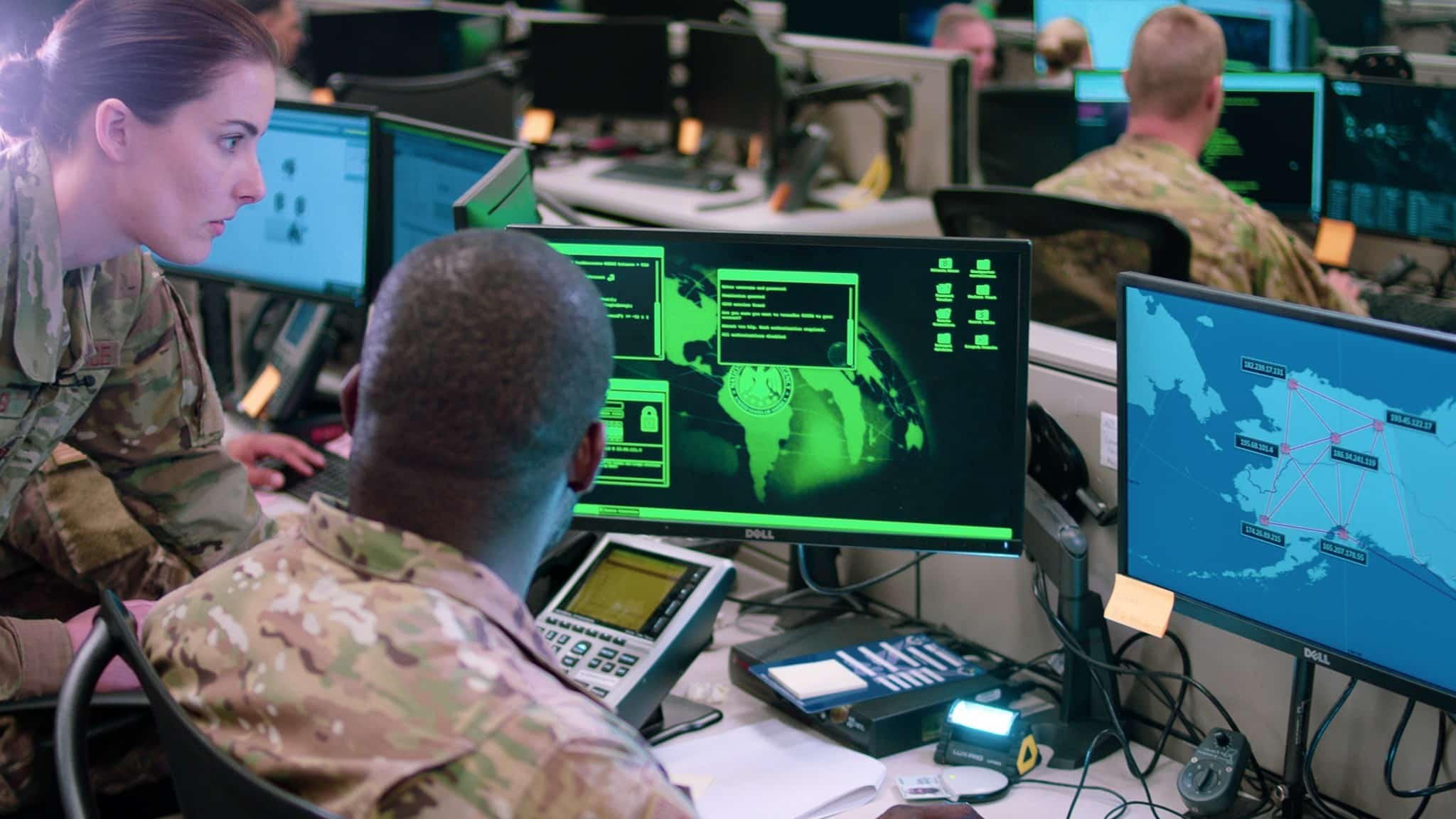As artificial intelligence (AI) increasingly integrates into military operations, U.S. Special Operations Command is turning its focus toward using AI to reduce civilian casualties in conflict zones. Christopher P. Maier, the Assistant Secretary of Defense for Special Operations and Low-Intensity Conflict, highlighted this shift during a recent discussion with reporters hosted by the Defense Writers Group. Maier emphasized that while AI’s potential for lethal use has garnered significant attention, its ability to make warfare safer for civilians is now a key area of exploration for the U.S. military.
Maier underscored that preventing civilian harm has always been a fundamental principle of U.S. military operations. However, as global conflicts evolve, the complexity of the environments in which the military operates has also increased. The rise of new domains such as cyberspace and electronic warfare necessitates a more sophisticated approach to understanding and mitigating the impact of military operations on civilian populations. This is especially true as the Pentagon prepares for the possibility of large-scale conflicts, such as those involving China, where the scale of operations would vastly exceed the counter-terrorism missions typically conducted by U.S. Special Operations Forces.
To address these challenges, the Department of Defense (DoD) is advancing technologies that enhance the military’s ability to protect civilians. This includes the development of AI-driven tools that can analyze battlefield data more efficiently, identify potential civilian harm in real-time, and support decision-making processes that prioritize civilian safety. The use of AI in this context is part of a broader effort by the DoD to implement the Civilian Harm Mitigation and Response Action Plan, which outlines steps to better protect civilians during military operations.
Maier pointed out that the increasing scale and complexity of future conflicts require new approaches. For example, in a large-scale conflict, thousands of strikes could occur in a single hour, making it impossible to rely solely on traditional methods to assess and mitigate civilian harm. AI and machine learning are expected to play a crucial role in these scenarios by providing automated, real-time analysis that can help commanders make informed decisions that minimize the risk to civilians.
The DoD has already established a Center of Excellence dedicated to civilian protection, which regularly engages with experts and incorporates lessons learned from previous conflicts. The Center also supports the deployment of Civilian Harm Mitigation and Response Officers (CHMROs) across various combatant commands to ensure that civilian protection is integrated into military planning and operations.
Expanded Coverage:








